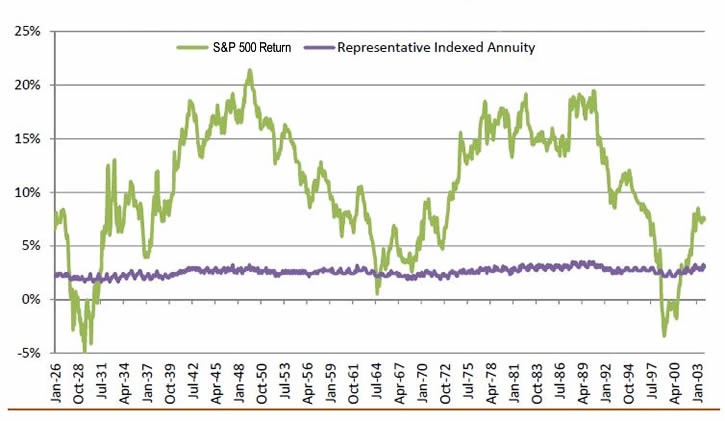Exchange Traded Funds” – Look Before You Leap
Post on: 18 Октябрь, 2015 No Comment

FORECASTS & TRENDS E-LETTER
By Gary D. Halbert
April 18, 2006
IN THIS ISSUE:
1.  The Basics of Exchange Traded Funds (ETFs)
2.  ETF Advantages & Disadvantages
3.  Just Another Form Of Index Investing?
4.  Conclusions: As Usual, Be Informed
Introduction
In last weeks E-Letter, I discussed the excitement surrounding the upcoming launch of a new Exchange-Traded Fund (ETF) tracking the spot price of silver, as well as an existing gold ETF that has now been trading for over one year.  I received many responses from readers some thanking me for the information and, as always, others offering additional points of view.
I also received a number of responses that asked various questions about ETFs in general.  Such as: What are ETFs; how do they work; and whether ETFs may be superior to individual stocks or index mutual funds.   As is the case in the financial services industry, the marketing of new forms of investment often outpaces the explanation.  Some investors rush into the latest hot investments without knowing exactly how they work, or under what conditions they are best used.

Believe it or not, the first exchange-traded ETF was launched in 1993 on the American Stock Exchange (AMEX), and was based on the S&P 500 Index.  From this humble beginning, the total number of ETFs worldwide has now grown to approximately 400, and the list just keeps growing.  It is reported that ETF trading now accounts for over 60% of the trading volume on the AMEX. Yet even today there are still many investors who are not very familiar with how ETFs work.
Because of your response to last weeks E-Letter on the new silver ETF, I thought it would be beneficial to discuss the rise of ETFs in the marketplace in this weeks E-Letter.  In this issue, Ill talk about how ETFs work, their advantages and disadvantages, and in what investment scenarios they are likely to work the best. 
We have a lot to cover, so lets jump right in.
ETFs The Basics
An Exchange-Traded Fund (ETF for short) can probably best be defined as a low-cost index fund that trades on an exchange like a stock.  In essence, ETFs are hybrid entities, in that they contain a number of stocks like a mutual fund, but they can be traded at any time the market is open, just like an individual stock.  Using these investments, an investor has the potential to capture the performance of a selected stock index, bond index or commodity index using a single trade.  Sounds good so far.  The ability to trade any time the market is open makes ETFs an extremely flexible way to gain exposure to the growing number of market indexes now represented by ETFs. 
As noted above, the very first ETF was rolled out in 1993 in the form of the S&P Depositary Receipts ETF. more commonly known as the SPIDER, designed to track the performance of the S&P 500 Index.  SPIDERS were very popular, so several new ETFs were soon launched to track the performance of other major stock indexes.  Some of the more commonly known ETFs are as follows:














